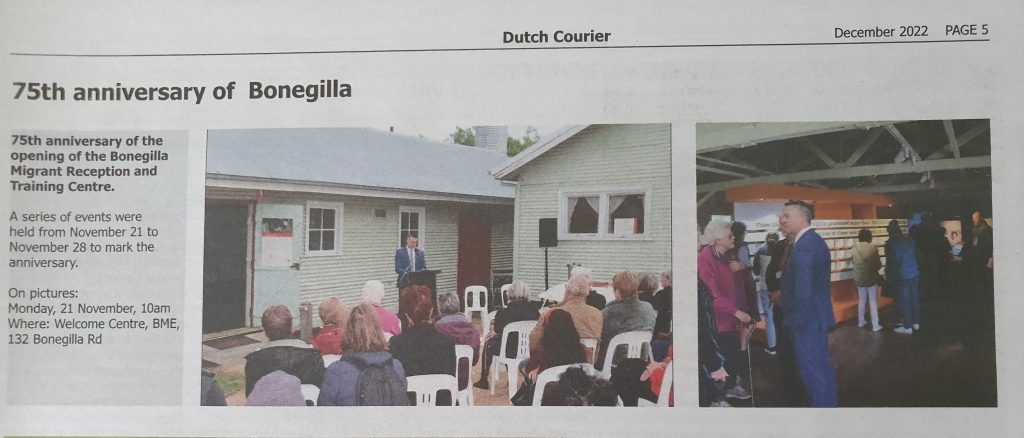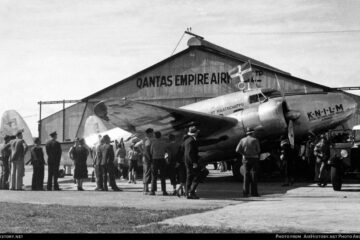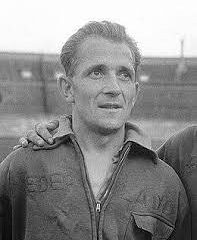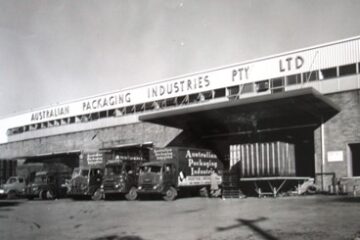Around 170,000 displaced persons came to Australia immediately after World War II. Nearly half lived at Bonegilla when they arrived in Australia. Some stayed for weeks, others for months.
Migrants at the centre were taught English and learnt about life in Australia. They were then employed in areas where there were labour shortages, boosting Australia’s population and economy.
From the 1950s until 1971, Bonegilla was home to people who had come to Australia as part of Australian Government-assisted employment and migration schemes.
In 1952 and 1961, Bonegilla residents rioted about long waits for promised work.
The Albury Wodonga region benefited from the economic boost and social changes brought about by migrants who chose to stay near Bonegilla. This legacy continues today.
See also: Where water meets. Bonegilla, the Dutch migrant experience
For more information see: Bonegilla Migrant Experience
Harry Optveld
Harry Optveld has made an emotional return with his family to the Bonegilla Migrant Experience for the first time since beginning his Australian adventure at Bonegilla as a young man from Holland 70 years ago.
Mr Optvelkd, who’s 91, remembered the long walk from the train to the camp and sleeping on a wire bed that was like “an old farm gate”.
After four weeks in the camp, he went to work as a railway fettler in the outback – a stark contrast to his home country – and later married Gerda, his wife of 60 years.
Mr Optveld’s children and grandchildren were among those who returned with him to Bonegilla and the family has thanked the BME team for making the visit so special.

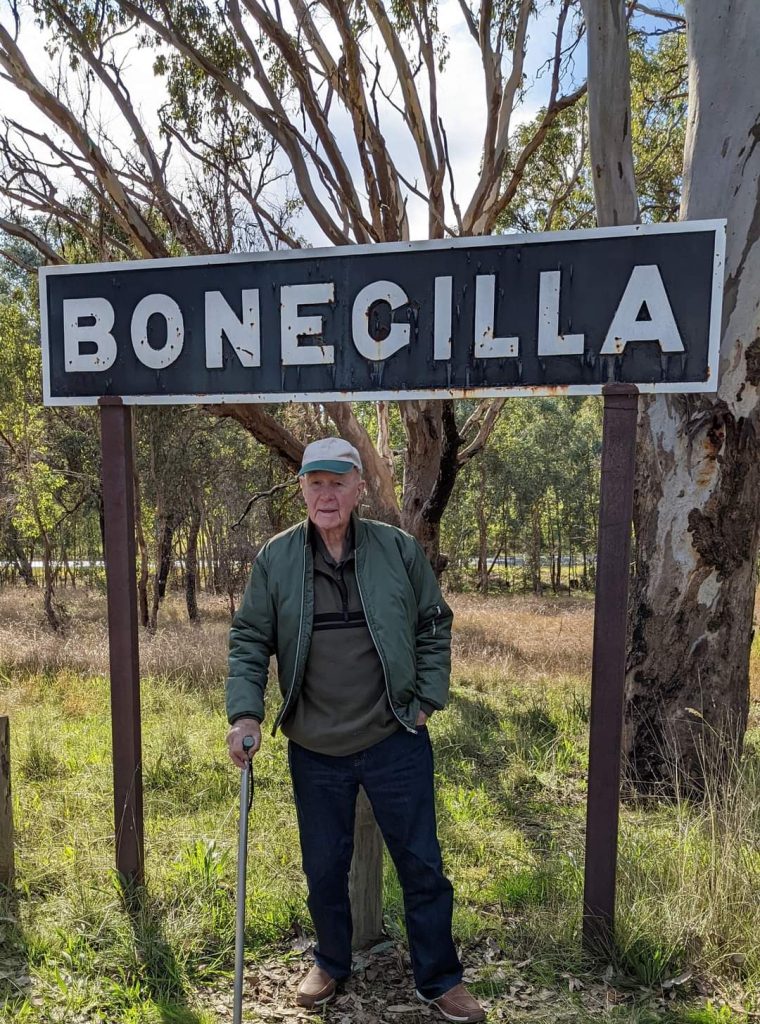
Gerry van den Bogaart
When Gary Van Den Bogaart’s family moved from Holland to Australia in 1952 they couldn’t afford suitcases for the journey – so Gary’s father made his own from timber.
Seventy years later those cases have been donated to Bonegilla Migrant Experience and will be preserved as a reminder of the can-do attitudes of those migrants who called Bonegilla their first Australian home.
SBS interview: ‘Scheveningse Anne ging op haar 17e werken als tolk in het ziekenhuis van Bonegilla’
